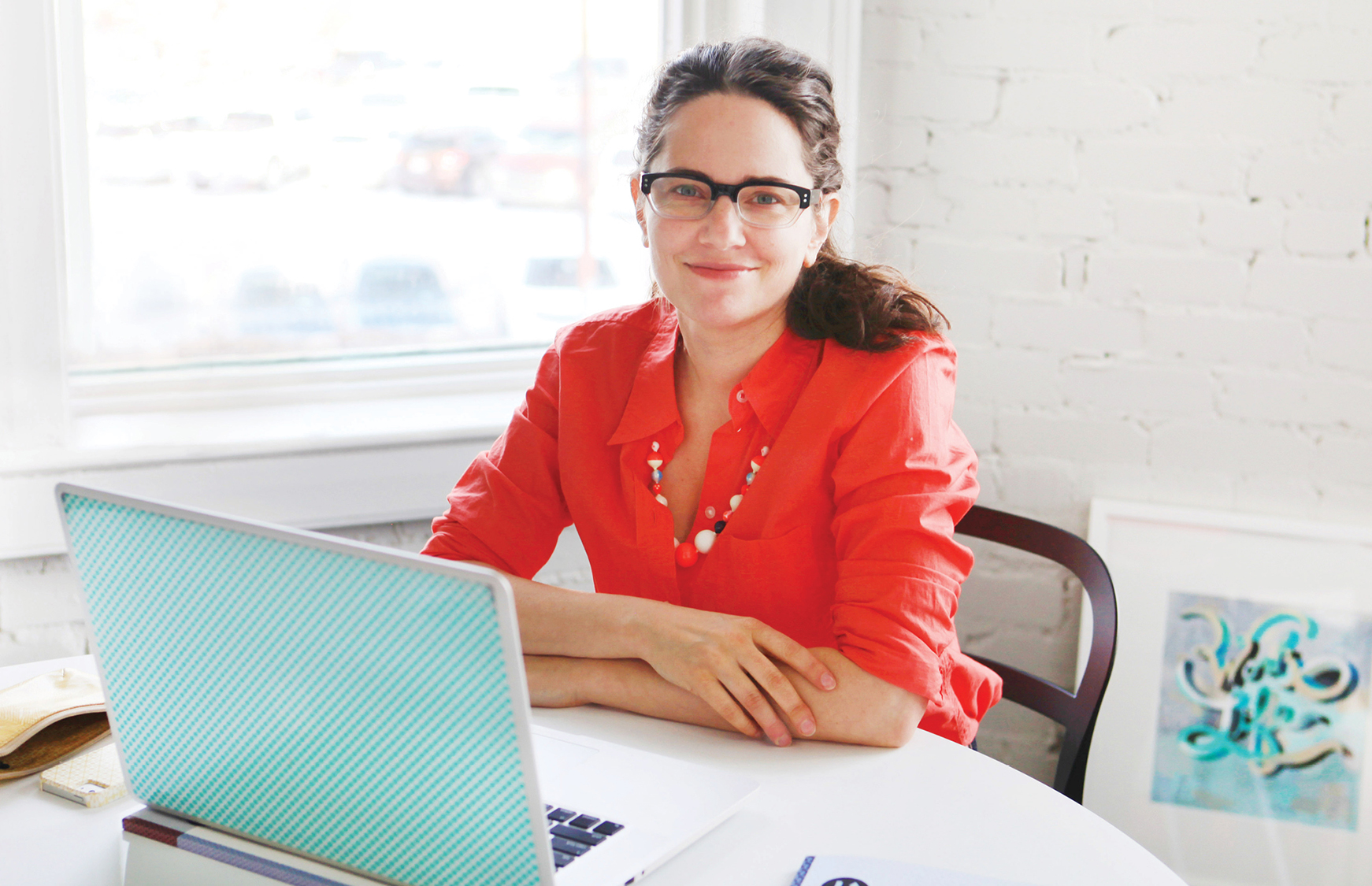Neither the worst of bosses nor the most menial of jobs can suppress creative inclinations. Similarly, once liberated, these artistic spirits can’t be constrained to a single project. Janine Vangool is the definition of this personality type.
As publisher, editor and designer of UPPERCASE magazine, Janine, 40, has proved herself to be a maverick of the editorial world in her refusal to join the print-to-digital movement. Her devotion to the production of a quality quarterly magazine for “the creative and curious” may have appeared, at first, as an expensive and risky venture. However, even had she not gained the support of an ever-growing fan base, the publication itself attests to her success.
Janine’s story shows that it is possible to manifest one’s passions into a career—even if it means taking on three different job titles!
Photos: Courtesy of UPPERCASE
Her Starting Point
Tell us about your first post-college gig.
My first job following graduation was working for a design firm specializing in signage and wayfinding. I spent months setting up signage files for production (i.e. specifying the position and design of the washroom signs in the local sports arena). Needless to say, it wasn’t very inspiring.
My sexist boss, an older man, would refer to me as “little girl.” Every time I corrected him, I got a raise. I doubled my salary by the time I quit, about nine months later.
How did your education and past work experiences prepare you for your role at UPPERCASE?
Working in that first job was excellent motivation to become my own boss. I developed my design style and roster of clients over the next few years, specializing in print design for arts and culture clients. I did everything from small ads to large publications and marketing materials, as well as design for books and art publications.
From observation over the dozen years that I freelanced, I learned how to plan and market events, how to budget for media, how to edit texts and—most importantly—how to multitask. Through the freelancer’s lifestyle, I also learned how to acclimate to the stresses of deadlines and uncertain paychecks.
How did you come up with the idea for UPPERCASE magazine?
Following the closure of an independent magazine that I freelanced for, the “magazine” section of my brain was free to explore. I had fantasized about designing my own magazine and I was getting tired of working for clients on their ideas, not my own. It also coincided with the closure of some mainstream magazines (Domino, Martha Stewart’s Blueprint) and I recognized that there was a void for a well-designed, visually inspiring publication.
The content came from my own interests as a graphic designer, but the magazine is not specifically about graphic design. We say we’re “creative and curious” with an eclectic content range from design, typography, illustration and crafting to just about any topic that relates to creative fields.
Her Big Break
UPPERCASE is only one of several projects you’ve worked on. Can you describe your other creative ventures? How do you keep up with deadlines and stay balanced?
In addition to the magazine, I publish books on creative and curious topics. Work/Life is a directory of international illustrators; our third edition was released late last year. I also am working onThe Typewriter: a Graphic History of the Beloved Machine, which is a visual ode to everyone’s favorite obsolete writing machine.
It is always a challenge to juggle my ideas and projects, but I keep on track the best I can by using digital tools to organize my schedules and ideas. I’m very focused and work very hard to get everything done. My husband, Glen Dresser, is a stay-at-home dad (and novelist) to our three-year-old son, so I credit Glen with giving me the time that I need to accomplish so many projects. I respect that time at work is also usually time away from my family, so I do my utmost to get as much done as possible when I’m working.
My family also offers the balance that I need to get me away from work—being with my son is an excellent way to keep perspective. I love going on little adventures with him and Glen.
Publishing a magazine, especially one so dedicated to quality paper and design, is expensive. How did you learn the ropes of financing a publication?
With the very first issue, I made the decision not to skimp on quality or content. The first issue had over 80 pages and had very high production standards. This set the bar not only for the level of quality our subscribers could expect, but also the relatively high subscription price ($80 in North America). We have very few ads, though, so you get a lot of content. Current issues have 112 pages of content.
We are a subscriber-supported magazine and rely on our readers to support the content through their subscriptions and word of mouth. The print production, mailing and contributor payments for each issue are substantial (the equivalent of purchasing a luxury car every three months!) but thanks to our growing readership and a line of credit, each issue supports the next one.
Where do you look for inspiration?
Inspiration is everywhere! I’m always looking at blogs, books and other media. I also receive lots of content suggestions and portfolio links from our readers and more and more often the inspiration is coming directly from our subscribers. They’re a talented and enthusiastic bunch!
The print industry is very competitive, especially with the rise of digital media. How does UPPERCASE set itself apart and what do you do to gain subscribers?
I don’t see digital media such as online magazines, iPad versions and other distractions as competition for UPPERCASE magazine. And I have no plans of offering the magazine in any other format than print. People come to us because they love print, they love the handmade and tactile, the do-it-yourself ethos. As long as UPPERCASE is true to itself and our readers, I think our readership will continue to grow.
We also are a very inclusive and friendly magazine. I often say that anyone can be in UPPERCASE magazine and I mean that sincerely. Our youngest contributor was a 13-year-old girl, and the eldest a 91-year-old man. I think so often that magazines, especially design or style magazines, cultivate a personality of exclusivity, of being the “in” crowd. I make sure that UPPERCASE never feels like that.
If we had the chance to peek at your schedule, what would an average day look like?
The average day starts out with early morning answering of emails on my laptop while my family sleeps. Once my son is awake, we have breakfast and spend time together before I walk to work. The walk to my studio is an important 40 minutes—it is when I sort out what I need to do and I have time to think, or conversely, don’t think at all and just enjoy the fresh air.
Once at the studio, I catch up with Erin Bacon (marketing/publicity) and check on our shop orders and subscriptions. Depending on what stage the next issue is in, I work on content assignments or design pages. Though it seems mostly my day is spent making decisions, crossing off millions of small tasks and dealing with new problems or opportunities.
Her Perspective
Combining your passions and career is tough. What advice would you give to women trying to figure this out?
Fortunately, I have always been good at doing what I love. This is actually a skill that needs to be nurtured—we are conditioned to think that we must follow traditional career paths, work for someone else rather than ourselves, and to follow caution instead of risk. Just like it takes effort to have a happy life, it takes work to have passion in your career. It seems that the harder I work, the more UPPERCASE grows. Rather than coasting on small successes, it motivates me to work even harder to keep the company healthy and viable.
My advice is that you have to recognize that the path to a fulfilling career is bumpy, challenging and uphill...You have to occasionally take a break to refuel, but if you look at it in smaller segments, you will eventually reach your goal.
What is your favorite part of your job? What’s the most challenging?
My favorite part of UPPERCASE publishing is conceptualizing new book ideas, magazine themes and new products. The challenge there is that I have an endless supply of ideas, but limited time and resources.
If you could pin your success down to one thing or one moment, what would that be?
That’s hard to answer. I don’t measure my career in moments; moments are fleeting. I find tremendous satisfaction in looking at the physical output of my creative and entrepreneurial endeavors. The stacks of magazines, the bookshelf full of my books—that is lasting and satisfying. People comment that I don’t often look stressed out, or overly excited for that matter; I like to keep an even keel.
UPPERCASE magazine has been in publication for more than four years. How has it evolved over this time and what do you hope for in the future?
The content has improved and become more in tune to our readers since we first launched in 2009. I often think that it was by issue #7 or #8 that UPPERCASE found its groove. The greatest compliment that I can get as publisher, editor and designer is when a reader says, “This is the best issue yet” when a new issue comes out. If a reader feels that way, I’ve done a good job.
Over the next while, I hope to expand our subscriber base so that we can have more financial stability and invest into other publishing projects. I see UPPERCASE as my life-long career and it will be interesting to see it grow and mature.
You May Also Like
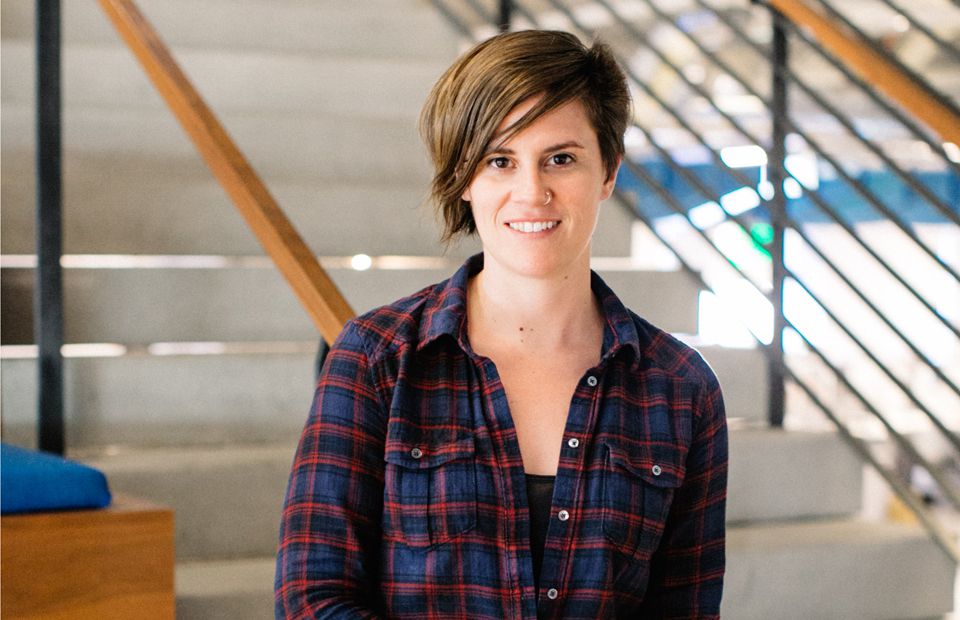
Media
How to Use Positive Reinforcement at Work—and Other Advice from a Pandora PM
"My advice to anyone who wants to get into product management is: check your ego at the door."
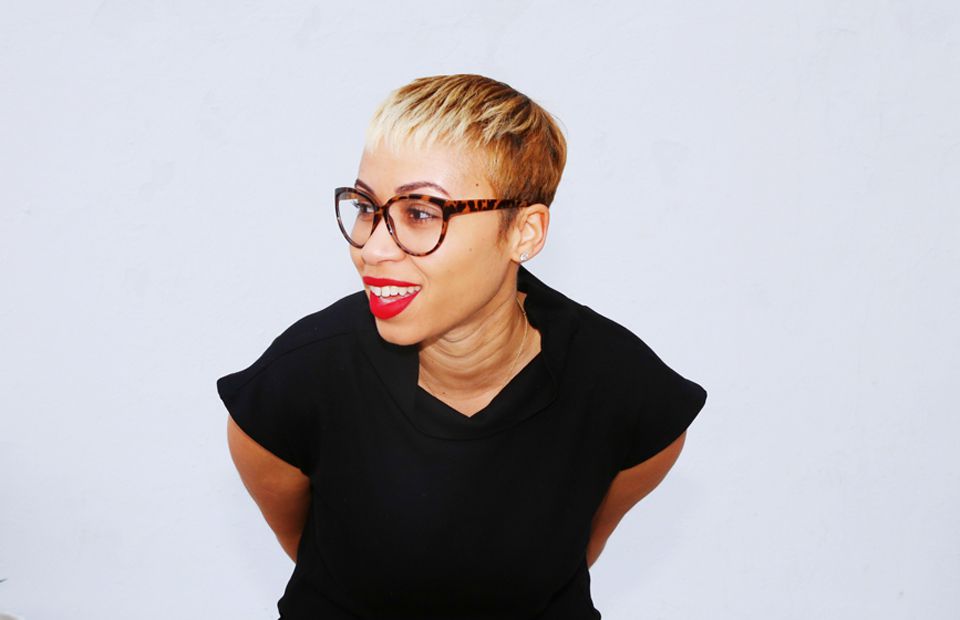
Media, Communications + Public Relations
How to Take Risks, Make a Switch, and Find a Career You Love—From a Woman Who's Done It 4 Times
Making your wildest dreams come true starts with understanding yourself—and Ahyiana Angel can help.
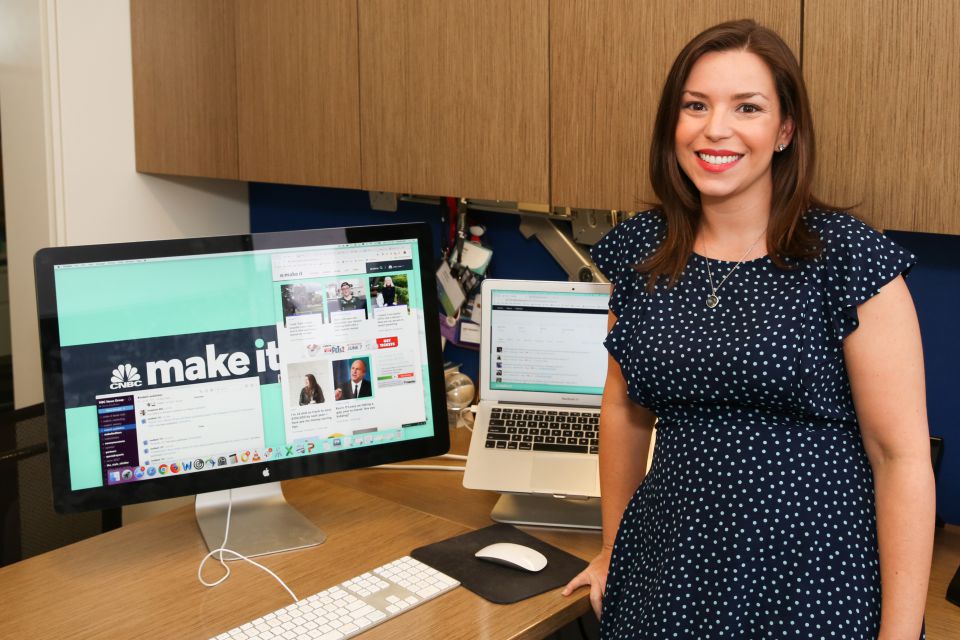
Communications + Public Relations
Creating Content That Empowers Audiences with CNBC's Digital VP and Managing Editor
This week, we interviewed Jenna Goudreau, the VP and managing editor of CNBC Digital. Let's learn how she keeps her powerhouse content creation machine going.
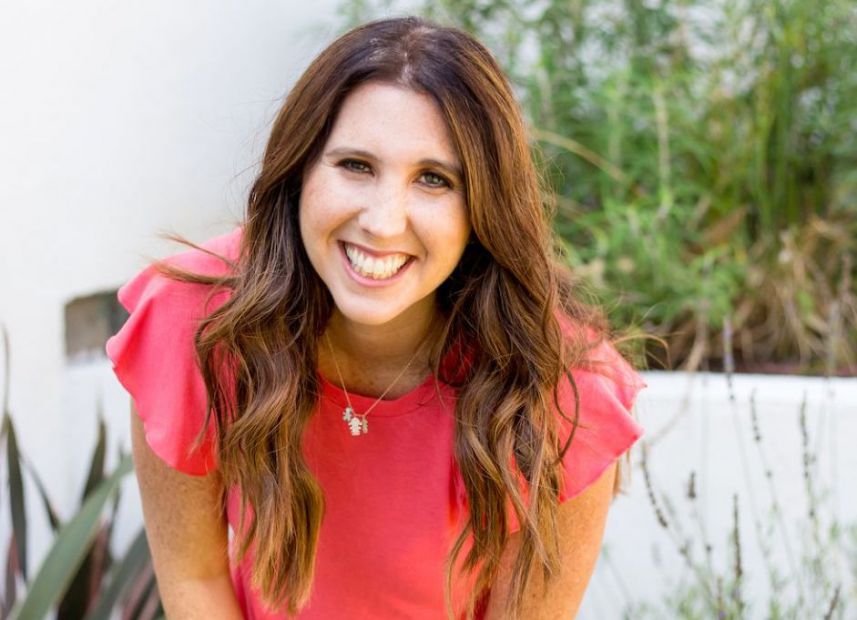
Entertainment
Working Creatively From Home with Cathy Heller
Cathy Heller is a singer, songwriter, entrepreneur, mother—and now, an author. Determined to lift others up to the "happiest versions of themselves," this queen of the hyphenated job title, leads by example. She shared how to build a fulfilling career in a creative field—all while working from home.
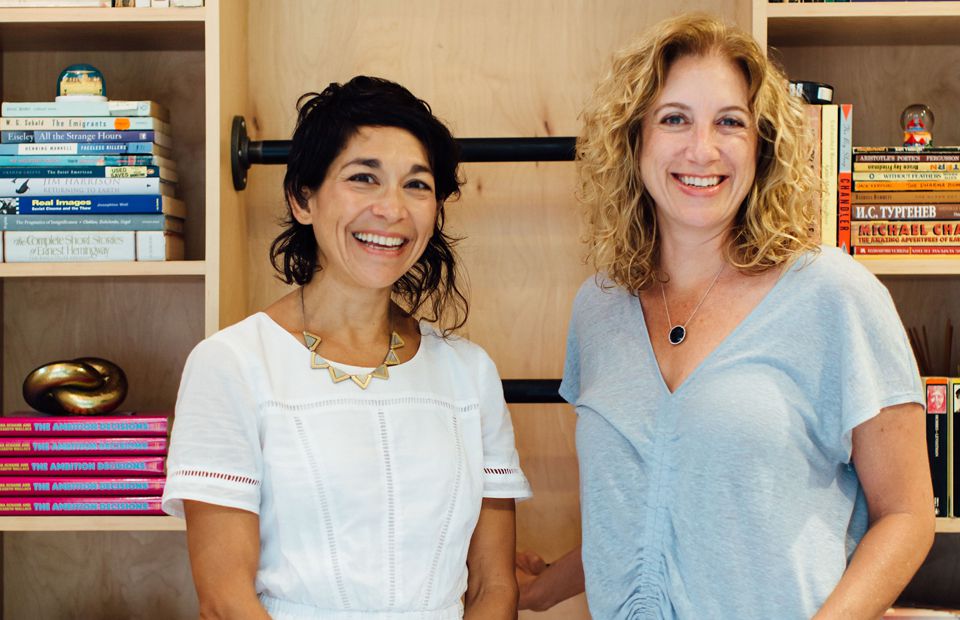
Media
Women, Work, and What It's Like to Write With Your Best Friend—From the Authors of The Ambition Decisions
"We should all give ourselves permission to challenge the things we think can’t be challenged."
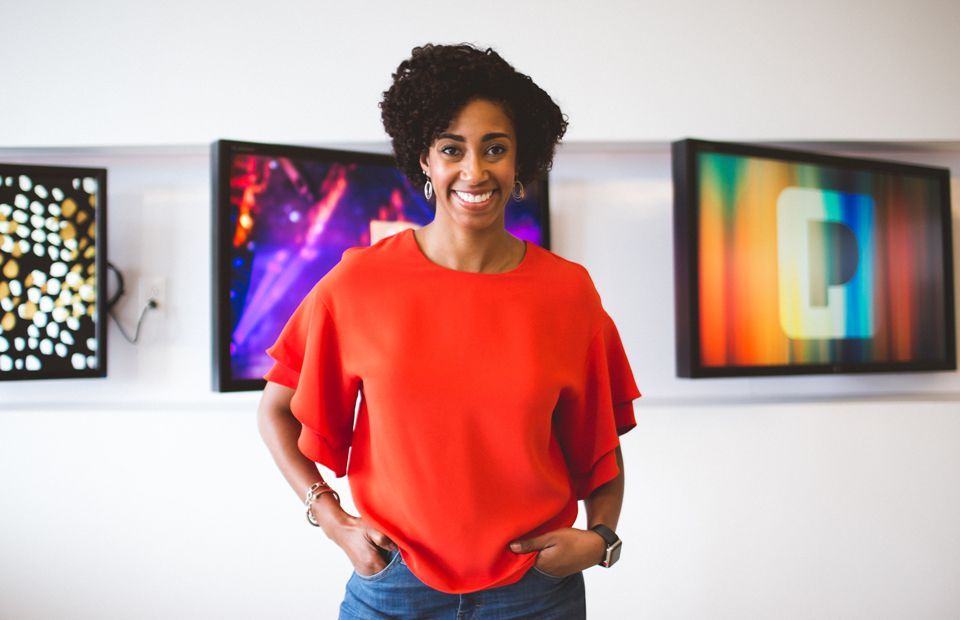
Media
A Director at Pandora on Staying Present, Celebrating Others, and Learning From Failure
"Share your wins, but most importantly, share what your growth areas are, share when you fail, share how you bounced back."
Get the Best Career Advice Delivered To Your Inbox
Join our newsletter to stay in the loop.
